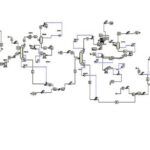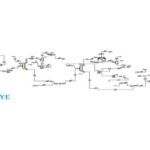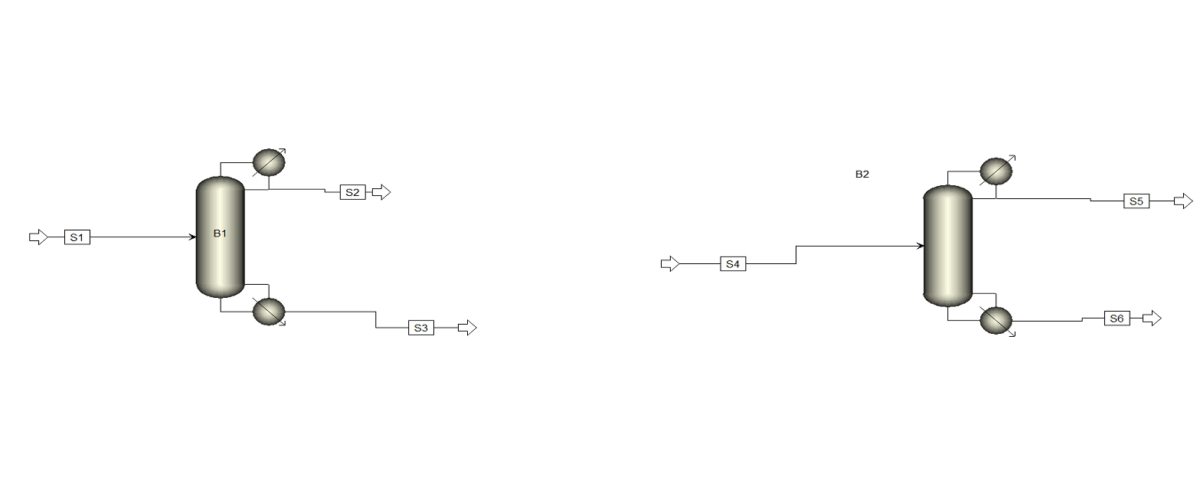Introduction
The citronella plants belong to important perennial herbaceous species. This family includes about 40 species, most of which are cultivated in Yunnan Province, China. Crude citronella oil is extracted through steam distillation from the roots, stems, and leaves of these plants and contains natural aromatic compounds. Citronellol and geraniol, as the two main components of this oil, are of significant importance. However, due to low extraction yields, high process costs, and complex operational conditions, the prices of these compounds have increased over time.
High-purity citronellol and geraniol, as valuable components of citronella oil, complicate the process of rectification and purification due to their boiling points and thermal sensitivity, leading to high separation costs and low economic returns. This project utilizes SPEN Plus software to estimate the physical properties of the citronellol and geraniol system based on known structural formulas and room temperature boiling points.
Process Description
A precise RadFrac model was developed to simulate the citronellol-geraniol distillation tower. Input parameters were extracted from simple DSTWU calculations. The simulation results indicate that the purity of geraniol in the final product is higher than that of citronellol. Consequently, the data obtained from the DSTWU model, due to significant differences in citronellol concentration in the top and bottom products of the tower, are only useful for reference. Given the close boiling points of citronellol and geraniol, the RadFrac model was chosen for more accurate analysis. Optimizing process conditions is essential to increase the purity of citronellol.
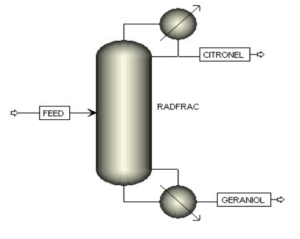
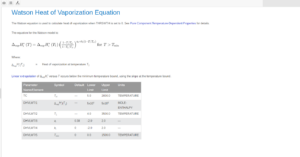
Conclusion
In this project, the physical properties of citronellol and geraniol were initially calculated using the physical property estimation system in SPEN Plus, which is crucial for subsequent simulations. Three methods—NRTL, UNIQUAC, and WILSON—were then used to simulate the vapor-liquid equilibrium of citronellol and geraniol, and the results were compared with experimental data. Ultimately, the UNIQUAC method was selected as the appropriate approach for simulating the separation of citronellol and geraniol. Following this, initial data for high vacuum distillation of citronellol and geraniol were obtained using the simple DSTWU distillation simulation in SPEN Plus. Next, the results from the DSTWU simulation were validated and optimized using the precise RadFrac distillation model in SPEN Plus, which will be used for the separation and purification of citronella oil.
This project was conducted by APIPCO Company based on the article.
Simulation of Citronellol-Geraniol Rectification Tower Based on Aspen Plus Software
In this project, the simulation of the citronellol-geraniol rectification tower was carried out using Aspen Plus software.
